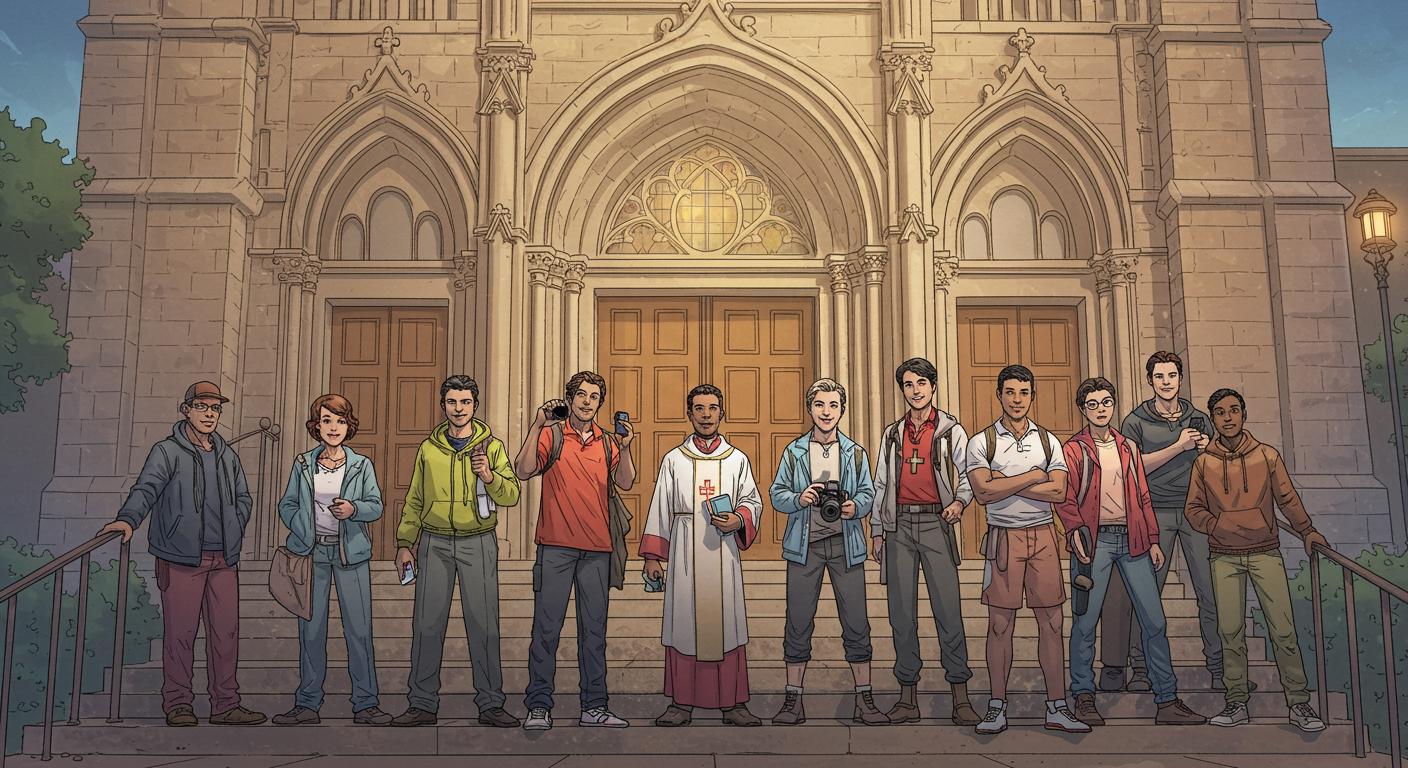If you’d mentioned a decade ago that the Holy See would be rolling out the red carpet for “digital missionaries,” I might have suggested you’d been reading from a very creative apocrypha. Yet, as reflected by Vatican News, Rome is about to host its first-ever Jubilee for Catholic influencers—an event that cheerfully blurs the lines between sacred pilgrimage and hashtag strategy session.
Holy Year, Pixel Edition
For the uninitiated, a Jubilee is a rare spiritual event with symbolic importance stretching back centuries. Now, as the original report documents, that tradition is getting a distinctly modern twist: on July 28–29, 2025, about a thousand social media evangelists—from Latin America, the Caribbean, Spain, and elsewhere—will gather in Rome. Others, undeterred by the cost of airfare (or perhaps just the time zone math), will join through livestreams and online sessions. The event is officially orchestrated by the Dicastery for Communication, and, with its dedicated website and YouTube stream, it’s clear the Church isn’t just dabbling in digital outreach. It’s staking out turf on the digital continent, a term the report notes as more metaphorical than geographical.
Interestingly, all this stems from Pope Francis’ call during the Synod on Synodality, urging the Church to bring its message to digital spaces and draw in those who might not darken a cathedral’s door. Described in Vatican News, the Jubilee structure pairs spiritual pilgrimage—the traditional Holy Door walk—with workshops, roundtables, and a closing festival featuring art and music. One imagines less incense and more portrait mode.
When Apostolic Succession Meets “Like and Subscribe”
It’s hard to overlook the irony: the Vatican—a bastion of ritual and tradition—now offering a training ground for the faithful who wield ring lights and upload Reels. The underlying goal, according to the outlet, seems twofold: provide practical “pastoral tools for digital mission” and foster reflection on how community is cultivated when your most loyal “parishioners” are following from Florissant to Manila.
Pope Francis has repeatedly described, both in the Synod’s context and directly from the papal keyboard, the need for online engagement marked by compassion rather than polemic. The guideline isn’t just to maintain a “technical presence,” as Vatican News observes, but to genuinely listen, bring hope, and sidestep the landmines of digital hostility—a challenge as familiar as Sunday sermons about patience, just in 280 characters. Earlier in the report, it’s mentioned that Pope Leo XIV addressed similar themes when meeting with media professionals, signaling top-down encouragement for a more humane approach across platforms.
Logging In to a Spiritual Festival
A detail tucked in the Vatican News account deserves its own moment: the official hymn for the Jubilee, “Todos” (“Everyone”). Not content with sacred silence or Gregorian tones, this contemporary anthem gathers artists from around the world, echoing Pope Francis’ “In the Church, there is room for everyone, everyone, everyone!” mantra popularized at World Youth Day 2023. Apparently, communal singing now comes with a digital download option and perhaps a recommended hashtag.
Additionally, the gathering builds on momentum from previous international meetings of digital missionaries, most notably in Lisbon in 2023. Vatican News points out that those earlier efforts seeded an online network, and this Jubilee is poised to strengthen and expand that initiative through spiritual guides, downloadable resources, and shared creative projects. It’s hardly accidental that promotion happens as much through graphics and video teasers as through liturgical flyers.
Sacred Pixels: Blessing or Blurring?
All this raises some fascinating questions. By blessing the likes of YouTube preachers and Instagram evangelists, is the Vatican leveling up in relevance, or simply dressing up age-old outreach in algorithm-friendly attire? Ritual and reflection in Rome—now with livestreamed workshops and remote access—suggest a radical inclusivity, or at least an experiment in modern ministry. Does a pilgrimage count if your feet never actually leave your living room, guided only by Wi-Fi and a prayer?
The Church, as Vatican News frames it, faces the challenge of remaining compassionate and hopeful amid the usual digital noise. There’s a certain humor in picturing a lineup for spiritual renewal right after a trending dance challenge, yet perhaps this synthesis of tradition and tech points to something enduring: an institution’s quirky, persistent belief that community—however improbable—can grow in even the strangest soil.
In the end, whether this Jubilee goes truly viral or finds itself quietly archived somewhere online, it’s another reminder that the ancient and the algorithmic aren’t necessarily opposites. Maybe the holiest question left is, can a pilgrimage badge be earned for attendance in virtual reality—and, if so, does it come with digital indulgence?







